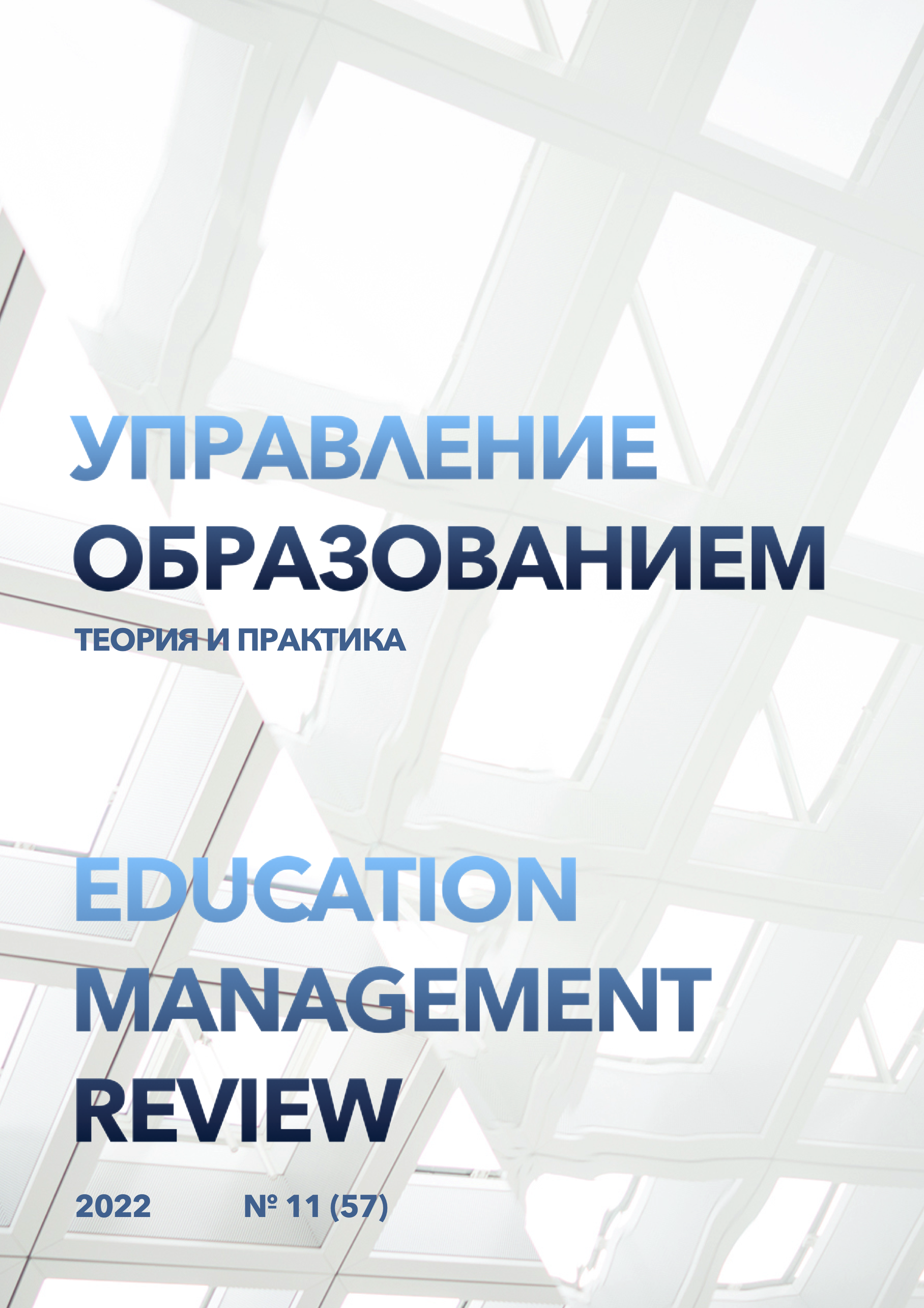SDG 4: environmental literacy
DOI:
https://doi.org/10.25726/s9175-3131-7853-cKeywords:
environmental education, environmental literacy, educational situations, environmental footprint, environmental culture, consistency, continuityAbstract
In the content of modern education, an important component is environmental education, which is aimed at forming the foundations of environmental literacy, environmental culture and environmental thinking. The emphasis on environmental education can also be seen in regulatory documents. Environmental education should be continuous and systematically implemented not only in the classroom, but also in extracurricular activities. One of the important indicators of environmental education is environmental literacy. However, there is still no consensus on the interpretation of this concept. The Concept of Environmental Education developed by FUMO provides recommendations on how to implement environmental education at different levels of schooling. In elementary school, the key is the formation of the foundations of environmental literacy and the mastery of basic environmental concepts; in secondary and high school, the formation of environmental literacy continues during and after school hours, possibly with the help of educational situations. The article considers the main features of the design of educational situations. Following the logic of decomposition of the final result of environmental education -environmental culture - we assumed that in the educational situation all its components should be represented - axiological, technological, personal-cultural-creative, as well as semiotic and reflective-evaluative. Experimental research work on the costing and implementation of the five-component model of educational situations showed that while maintaining its general structure (introduction, problem situation, motivation, designing a solution, performing actions, reflection and analysis), the content and interaction of its components are rethought.
References
Глазачев С.Н., Кашлев С.С., Марченко А.А. Экологическая культура учителя: методическая система, педагогические технологии, диагностика. М.: Гори зонт, 2004.
Дерябо С.Д, Ясвин В.А. Экологическая педагогика и психология. Ростов-на-Дону: Феникс, 1996. 476 с.
Дзятковская Е.Н. К вопросу о педагогических показателях формирования экологической культуры личности // Science and world. 2022. № 9 (109) С. 59-62
Концепция экологического образования в системе общего образования. Одобрена решением федерального учебно методического объединения по общему образованию, протокол от 29 апреля 2022 г. № 2/22
Федеральный государственный образовательный стандарт основного общего образования (Утвержден приказом Министерства образования и науки Российской Федерации от 31 мая 2021 года N 287).
Capra 1996 – Capra F. The web of life: A new scientific understanding of living systems. Anchor, 1996
McBride B.B., Brewer C.A., Berkowitz A.R., and Borrie W.T. Environmental literacy, ecological literacy, ecoliteracy: What do we mean and how did we get here? Ecosphere. 2013. 4 (5):67.
Roth 1968 – Roth C.E. Curriculum Overview for Developing Environmentally Literate Citizens. 1968.

